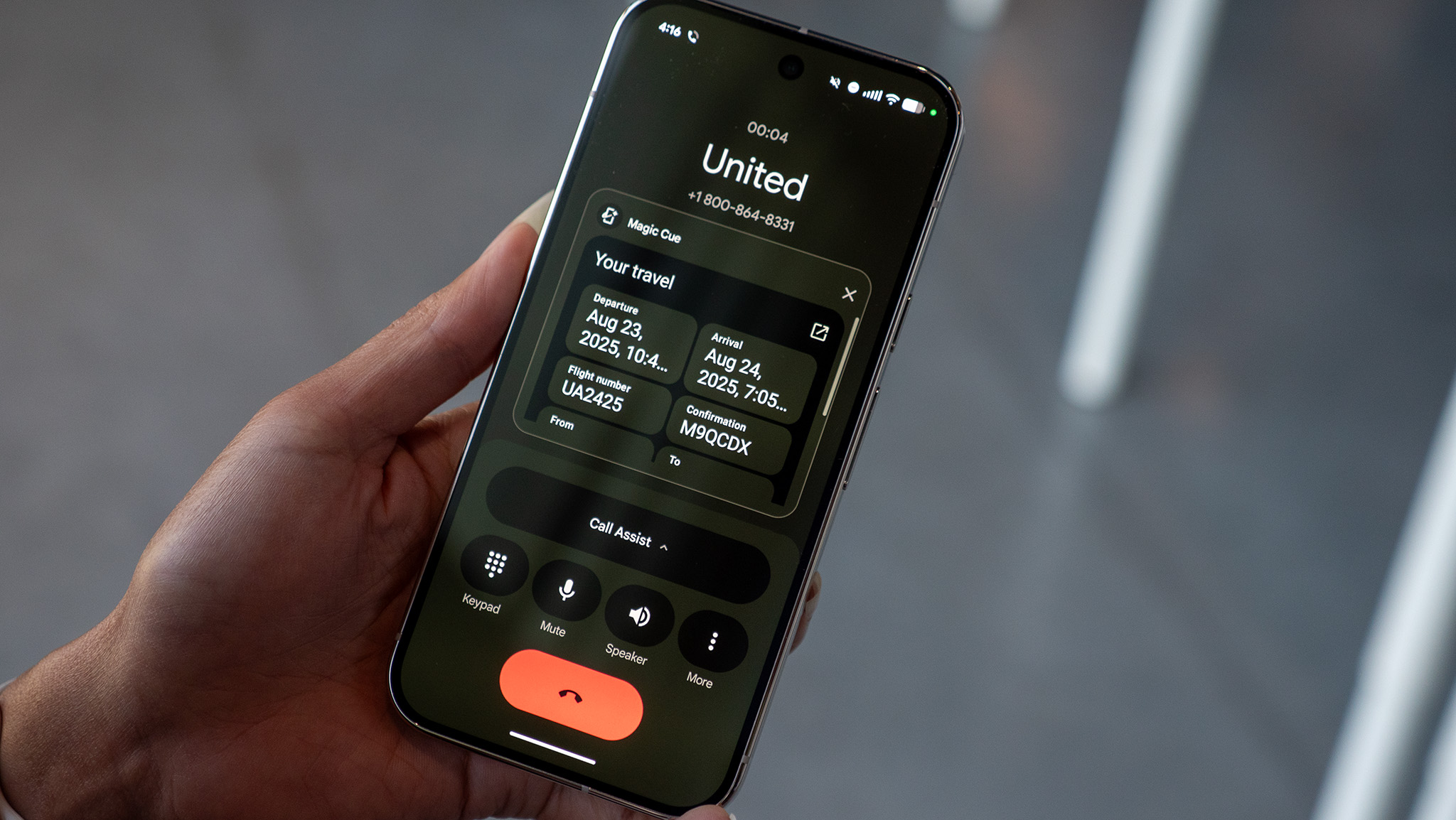Why don't Google Pixel phones take great video?
Hardware versus software.
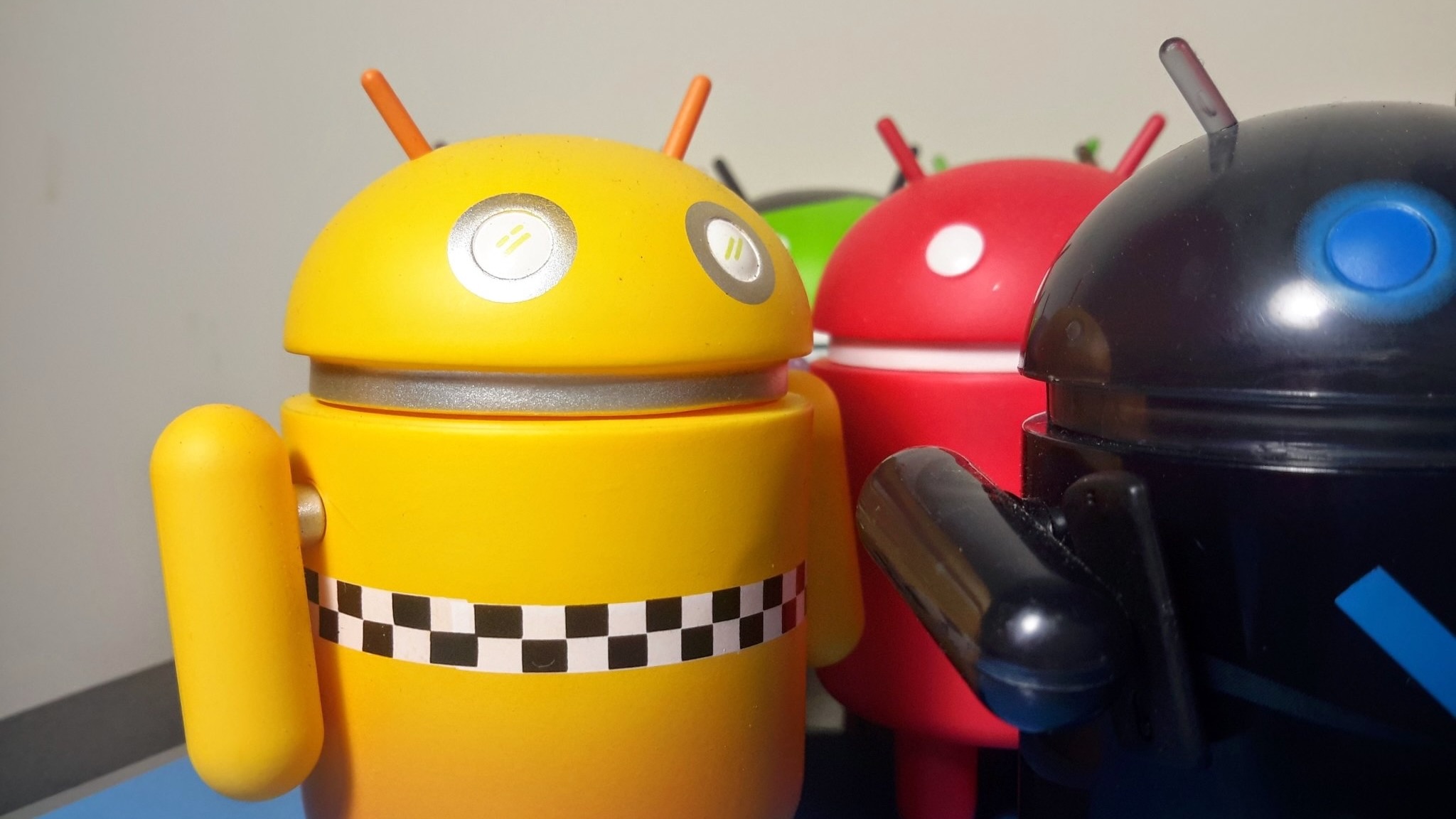
When it comes to taking photos, the camera on the Google Pixel 7 is very tough to beat — it can take photos that are almost as good as a "regular" camera. We really can use it as our one and only camera, and plenty of the product photos you see on websites like Android Central were taken with a Pixel phone.
It's another story when it comes to video, though. You can get great video from a Pixel under the right conditions, but if you take a lot of them, you'll notice it delivers plenty of shaky or blurry videos that you wish looked better. No hate — it is what it is, and the Pixel is just behind phones like the Galaxy S series and iPhone when it comes to video.
So why? There has to be a reason for the contrast in quality when it all comes from the same hole on the back of your phone, right?
There is and it's all about hardware versus software.
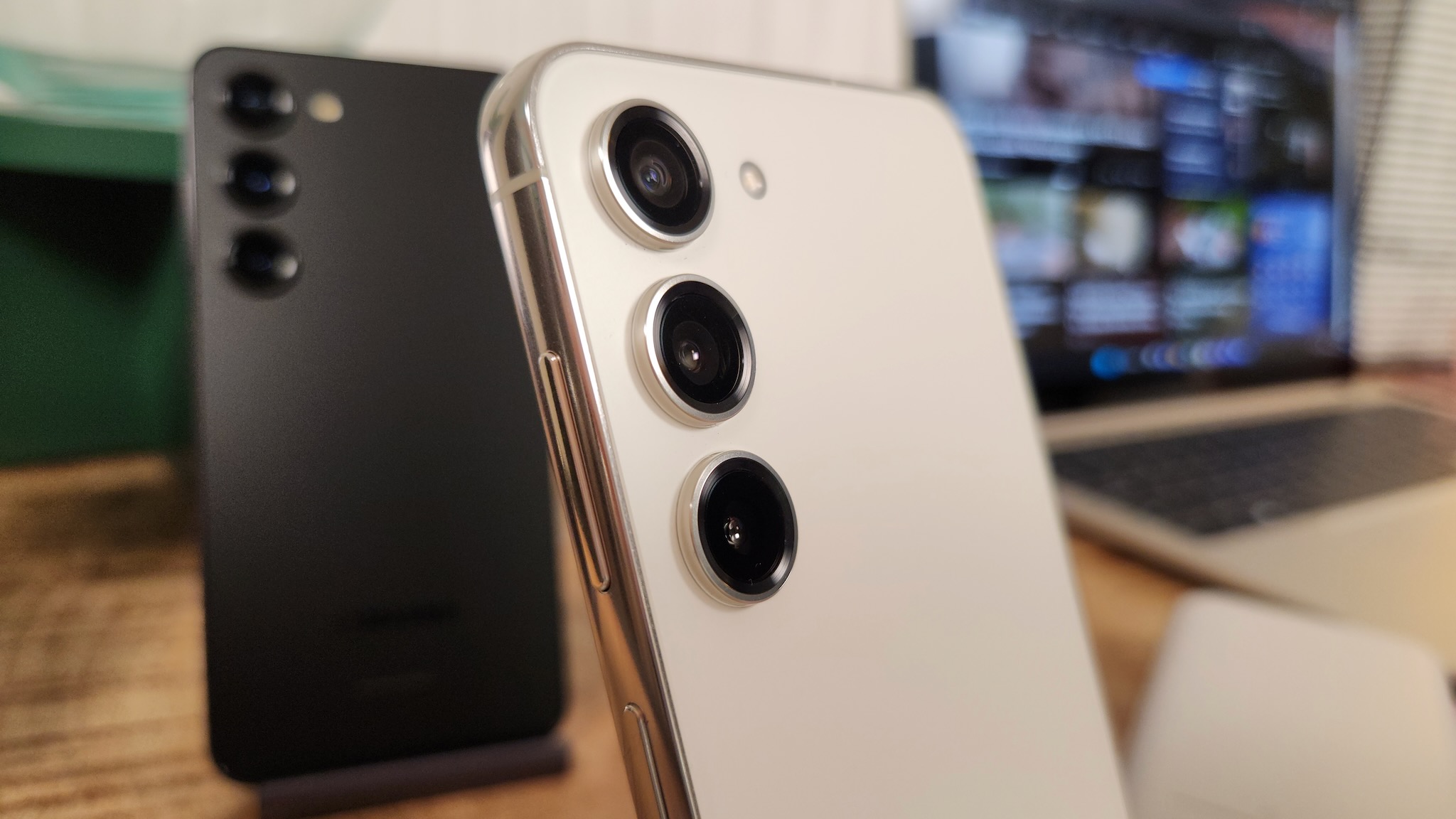
You might not know this, but the quality of the still photographs a Google Pixel can take is because of the software Google is using to create them, not the actual camera hardware itself. This is why an older model like the Pixel 4 or even a "cheap" phone like the Google Pixel 7a takes pictures as good or better than something like the Samsung Galaxy S23.
You'll notice that Google uses, umm, less-than-optimal (putting it kindly) hardware when it comes to the camera in its phones, and the sensors and lenses are often two or more years old.
There's nothing wrong with this because that hardware is still pretty functional, but these phones are competing with phones from other manufacturers using the latest imaging sensors and lens technology. Heck, some phones even have a bonafide aperture adjustment built into the camera that isn't just a software trick.
Get the latest news from Android Central, your trusted companion in the world of Android
This saves Google money because new stuff is never cheap. Saving a few dollars on a phone doesn't sound like much but when you multiply it by a million it adds up really quickly. Google passes this along to us and the Pixel is usually a few hundred dollars cheaper than its counterparts from other phone makers.
Google gets away with it because of the way a Pixel fine-tunes the image data using machine learning. Apple and Samsung and every other phone maker use machine learning algorithms to take photos, but Google is simply a lot better at doing it than anyone else.
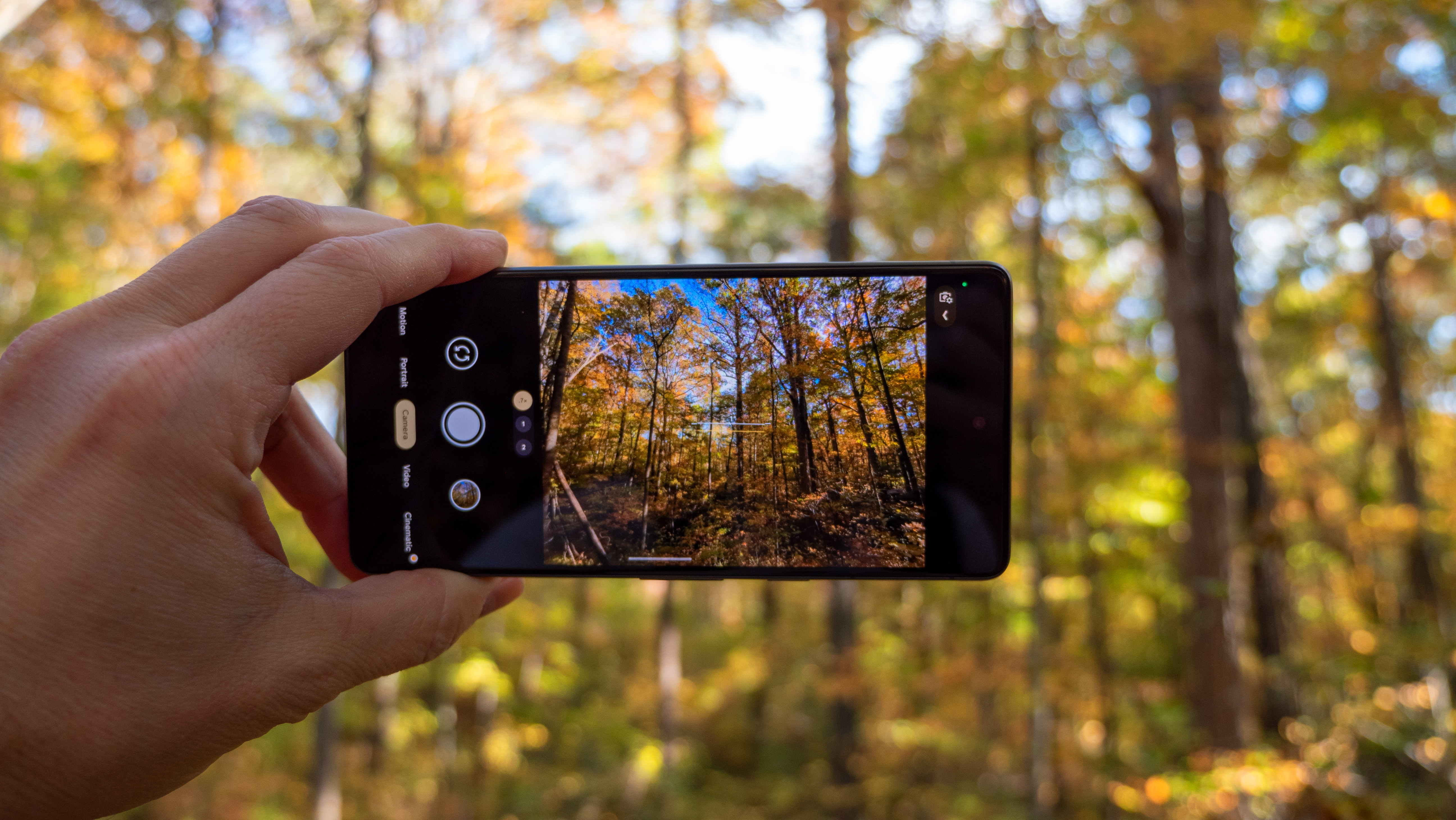
A Pixel takes the image data it's cheaper and older sensors gather and adjusts everything about it. The software changes the color, sharpness, focus, aperture, exposure, etc. after you tap the button to snap a picture.
The output is something tuned to make you like it. Notice I didn't say "to make it look exactly like what your eyes see" because that's not the point. Google also collects enough user data to know what sort of pictures we end up keeping and what pictures we delete and retake, so it knows how to tune a photo in a pleasing way. We don't really want a picture where everything looks the same as it does in real life.
This isn't easy. If it was, Samsung would do it. Instead, Samsung (my example because a Galaxy S23 takes awesome pictures, too) leans a bit more on great hardware. It's a balancing act with camera hardware on one side and camera software on the other — there is more than one way to produce great results.
All of this applies to video capture, too. Samsung uses superior hardware combined with its own software to take really good videos. Apple goes a step further on some of its phones. Both companies have found a balance between the hardware and software that works.
Google hasn't. The company is working on it, and a Pixel 7 Pro takes much better video that a Pixel 5 or even a Pixel 6 Pro when the conditions aren't perfect — especially when it comes to camera movement itself. Google just isn't there yet.
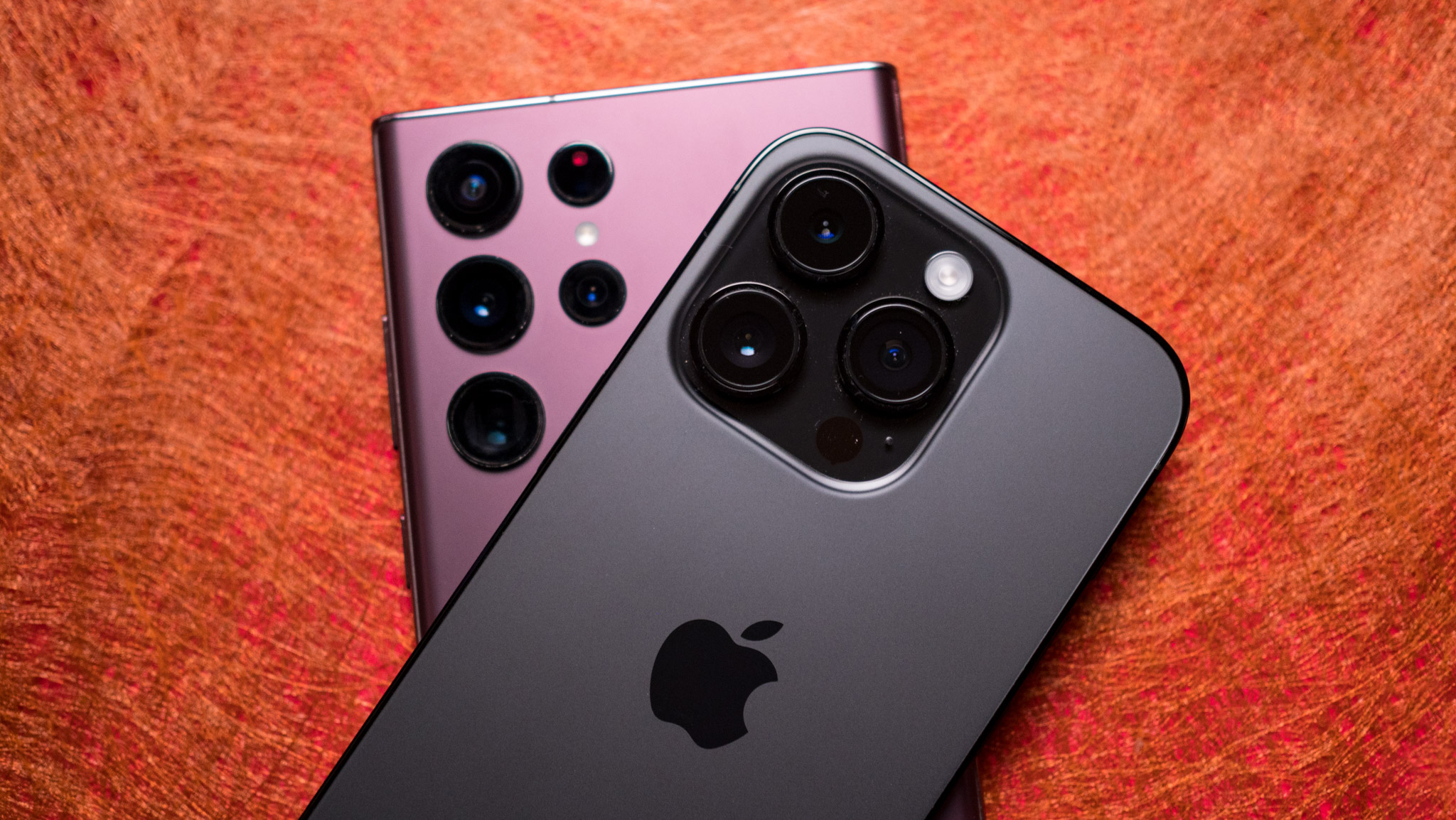
Unless Google decides to build the Pixel 8 with the same sort of camera hardware we see from Samsung, which can mitigate things like movement or poor lighting better than the camera hardware Google uses, it has to use software to perform the magic.
Google is a software company that has seen success using AI when it comes to still photos, so it's going to try to do the same for video. It will probably get there eventually, too. Meanwhile, competitors like Samsung are also working on the software used to create imagery out of what a camera lens sees, so photos and videos from a Galaxy S phone keep improving every year. It's a race where the consumer benefits.
A Pixel phone can take good video most of the time, even if it's not the best camera phone for it. If you rely on your phone to take a lot of videos, then a Pixel phone probably isn't for you, and you should look at something like the Galaxy S23 Ultra. Maybe when it's time to buy your next phone, Google will have it figured out.

Jerry is an amateur woodworker and struggling shade tree mechanic. There's nothing he can't take apart, but many things he can't reassemble. You'll find him writing and speaking his loud opinion on Android Central and occasionally on Threads.
